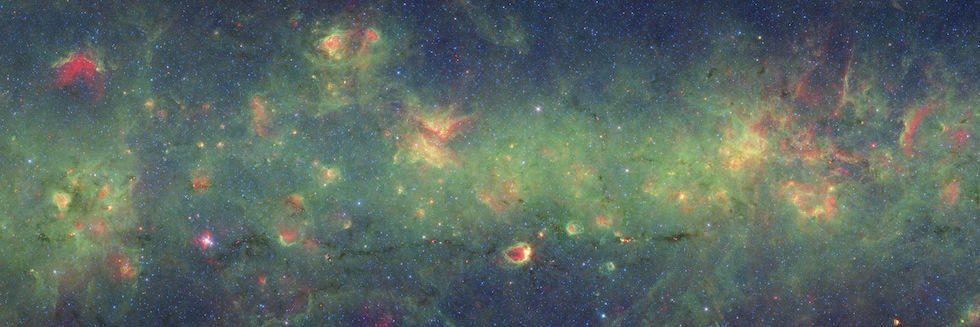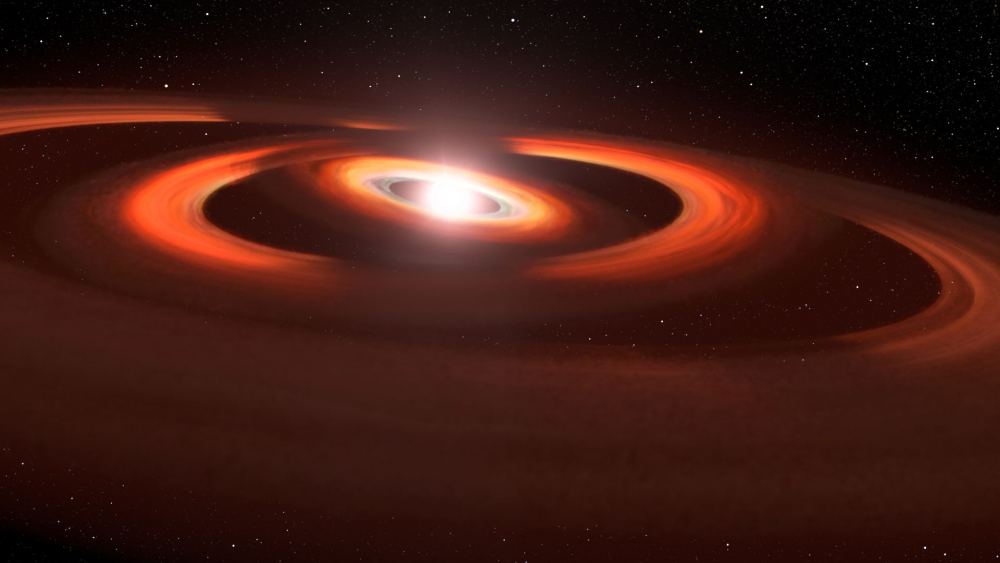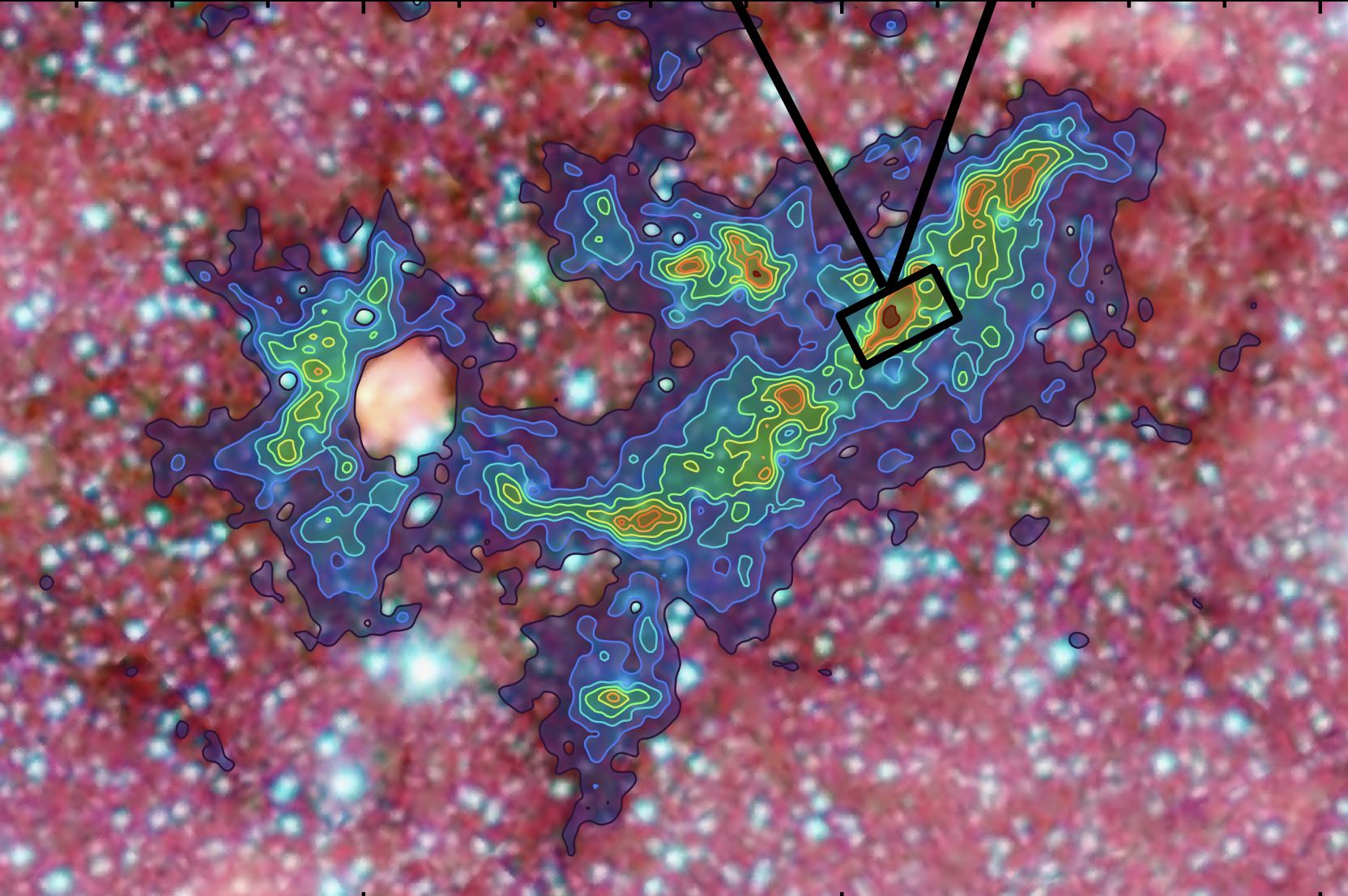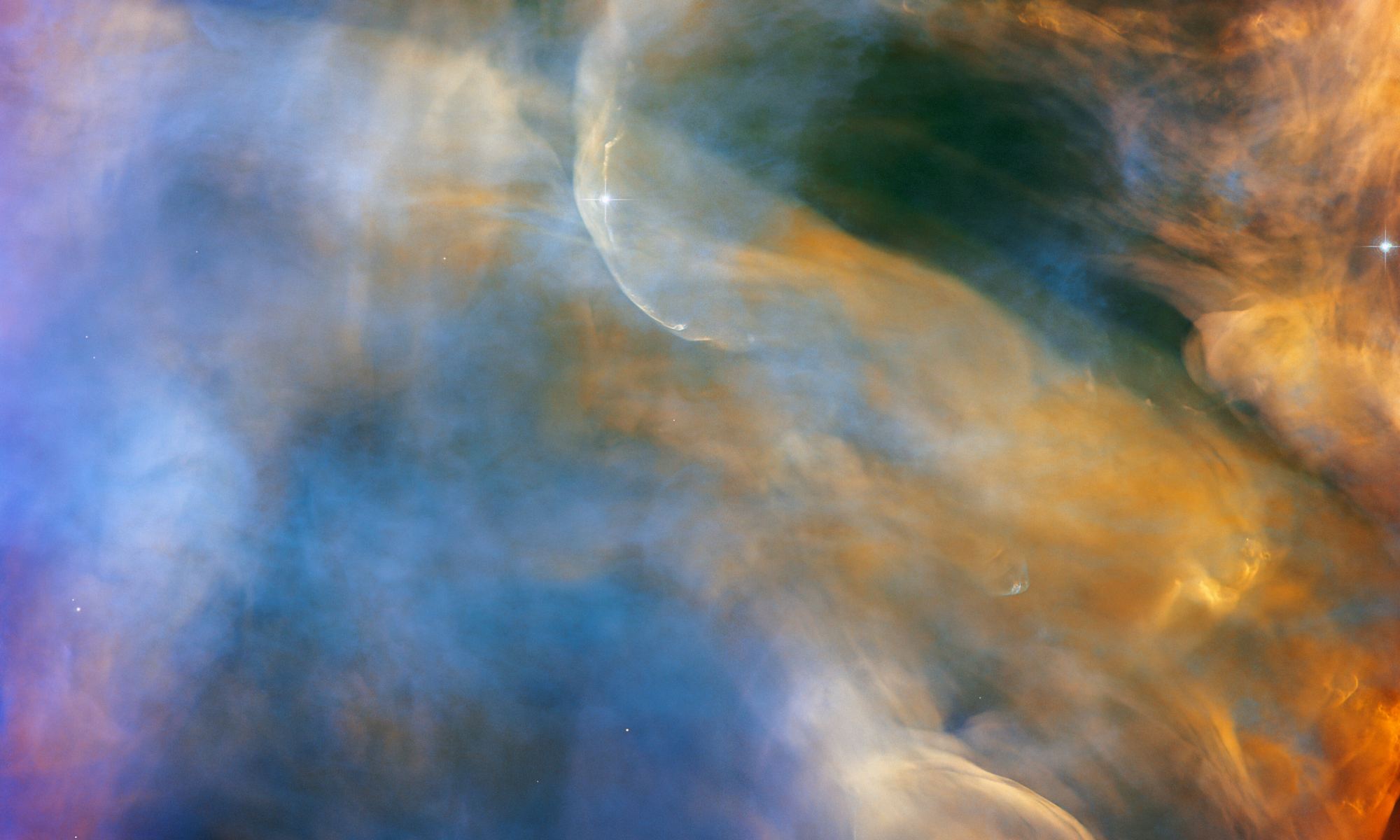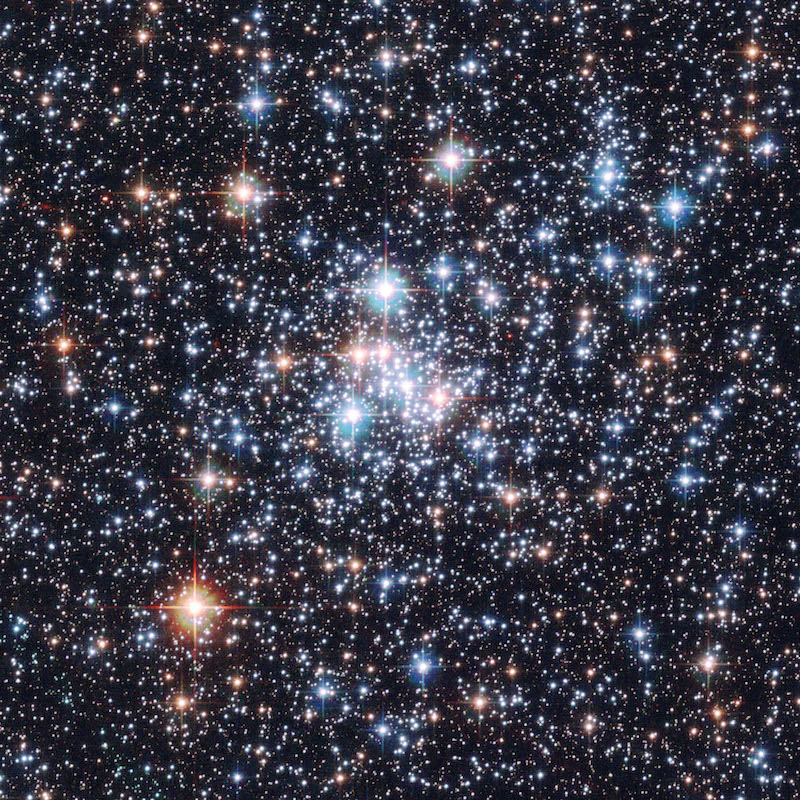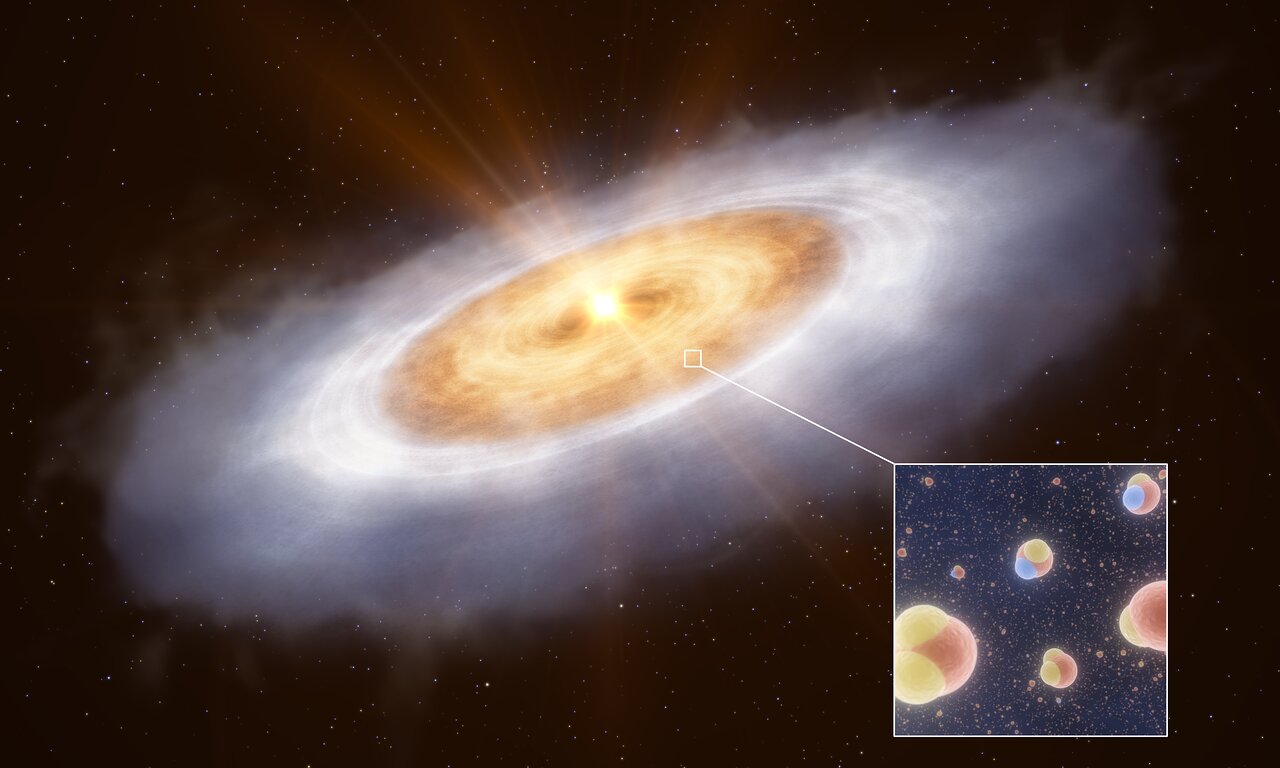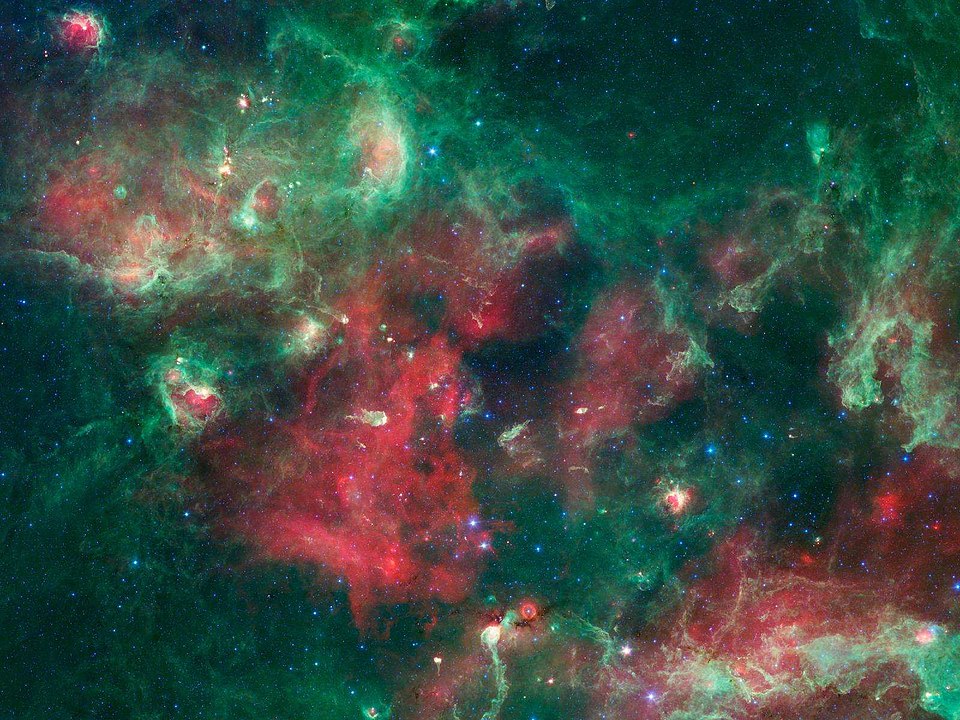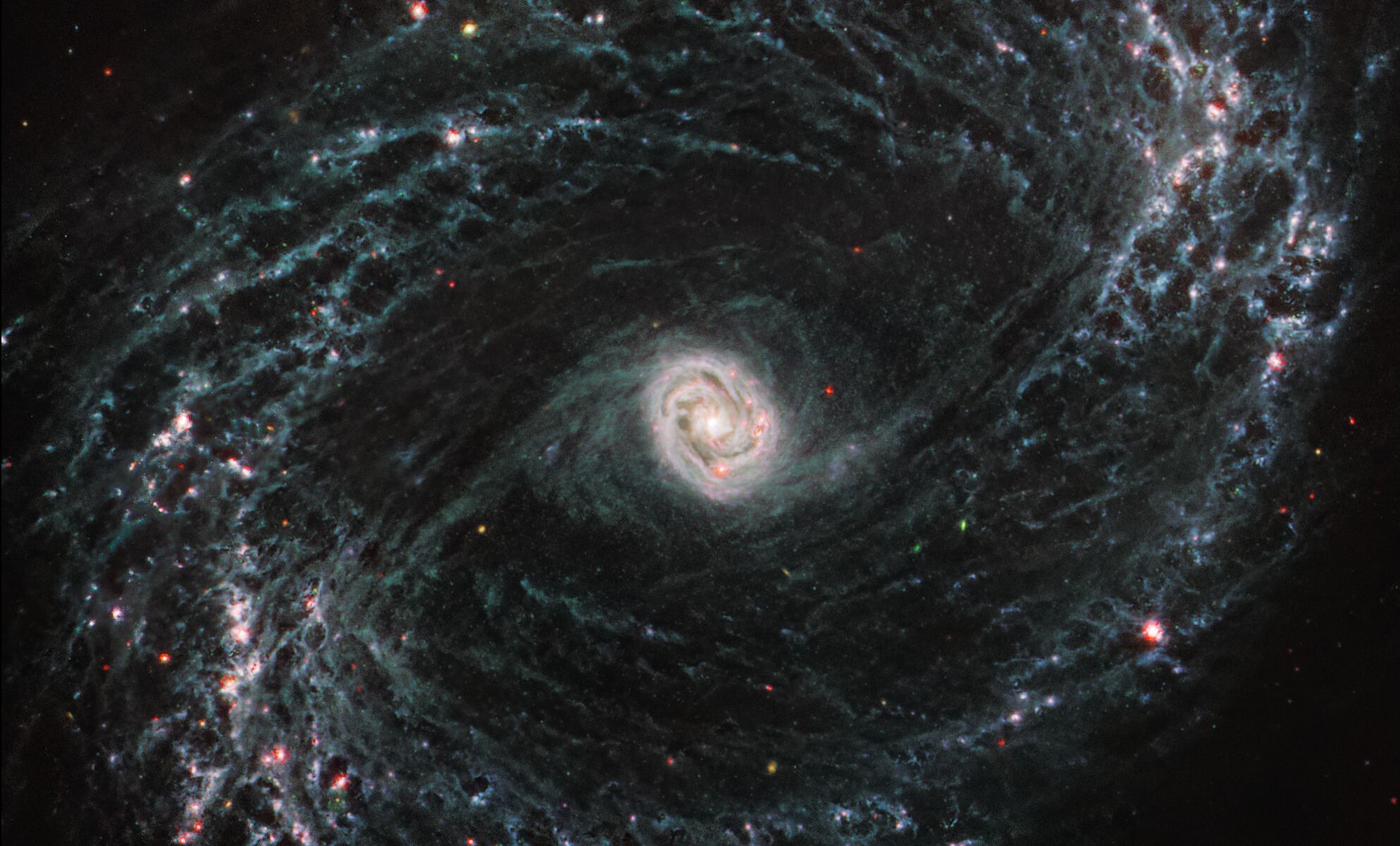Star formation is one of the oldest processes in the Universe. In the Milky Way and most other galaxies, it unfolds in cold, dark creches of gas and dust. Astronomers study sites of star formation to understand the process. Even though they know much about it, some aspects remain mysterious. That’s particularly true for the “Nessie Nebula” in the constellation Vulpecula. An international team led by astronomer James Jackson studies the nebula and its embedded star-birth regions. They found that it experienced a domino effect called “triggered star formation.”
Continue reading “Triggered Star Birth in the Nessie Nebula”Triggered Star Birth in the Nessie Nebula
